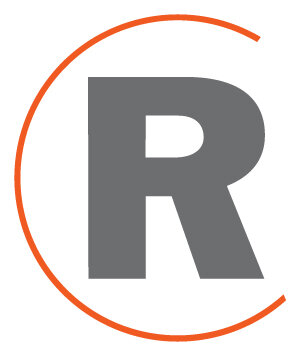At the height of the opioid epidemic, Native Americans overdosed and died at a rate that rivaled some of the hardest-hit regions in Appalachia—but their suffering was often overlooked. An investigative report in the Washington Post takes a closer look at the addiction crisis among tribal communities in Oklahoma. Native Americans have higher-than-average injury rates from work in industries such as farming and logging, and lack access to quality healthcare and non-pharmacological treatment options, making them an easy target for manufacturers, distributors and pharmacy chains.
The opioid industry shipped more than 5.4 million prescription pain pills to Oklahoma’s Jefferson Country alone, an average of 94 pills per person per year. Nationwide, from 2006 to 2014, Native Americans were nearly 50 percent more likely to die of an opioid overdose than non-natives. Now, tribal communities are among the thousands of plaintiffs in lawsuits seeking a windfall payout from the opioid industry—to be used to fight the opioid crisis among Native Americans and expand treatment.
Meanwhile, marijuana legalization was always touted as a tool to help end systemic racism by encouraging cannabis entrepreneurs in communities of color that were disproportionately incarcerated during the war on drugs. But the reality is that pot businesses are overwhelmingly white-owned, a fact that helps perpetuate racism and also exacerbates white supremacy, a column in Forbes argues.
And finally, HBO is getting into the marijuana trade: the cable network is teaming up with a cannabis maker to sell edible pot gummies to promote a new animated series. While the series isn’t really about marijuana, it seems HBO is simply embracing the culture of consuming weed while binge watching shows.
